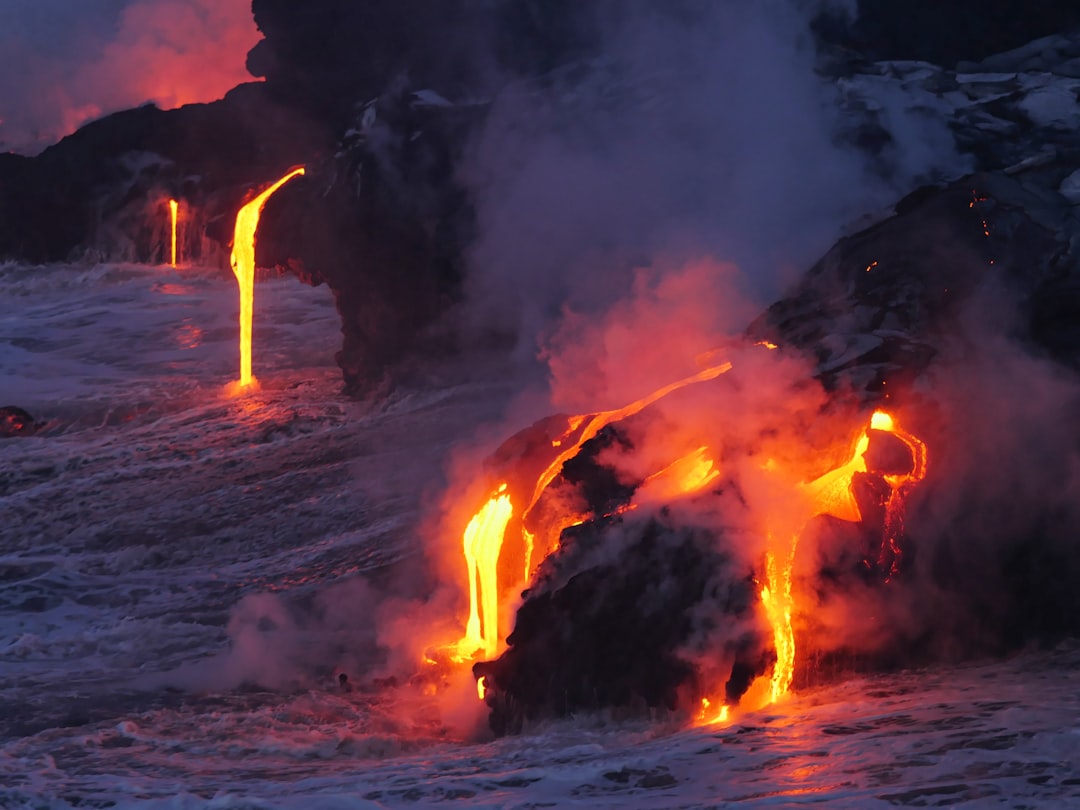What is it about?
Reduction of carbon emissions is a priority of the present-day human society. Researchers are actively trying to develop sustainable ways to reduce emissions to ensure sustainability of life on the planet. One such useful development is that of photocatalytic carbon dioxide (CO₂) reduction ̶ a process by which CO₂ in the air can be captured on the surface of a semiconductor and later used as fuel or in other products. This review of literature explores photocatalytic CO₂ reduction and the scientific advances made so far to increase its efficiency. While the photo-reduction of CO₂ holds promise, the process lacks efficiency owing to limited light absorption ability, poor charge separation, and high CO₂ activation barriers. The authors found multiple ways to improve this process, including doping of the semiconductor plates to enhance light absorption; constructing heterojunctions for effective charge separation; and enhancement of CO₂ adsorption and activation.
Featured Image

Photo by Adrian Balasoiu on Unsplash
Why is it important?
Greenhouse gases like CO₂ contribute massively to global warming, and their levels in the environment continue to be dangerously high despite efforts to reduce emissions. Photocatalytic CO₂ reduction uses solar energy, a renewable resource, to capture and convert CO₂ in the environment, thereby achieving a two-pronged advantage ̶ reducing greenhouse gas emissions and producing energy and fuel sustainably. KEY TAKEAWAY: Photocatalytic reduction of CO₂ into fuel and other valuable products is challenging but promising. Improving the efficiency of the existing process might present an environment-friendly solution to generate power from sustainable sources like solar energy, while also reducing global carbon emissions.
Read the Original
This page is a summary of: Recent advances on visible-light-driven CO2 reduction: Strategies for boosting solar energy transformation, APL Materials, June 2020, American Institute of Physics,
DOI: 10.1063/5.0003215.
You can read the full text:
Resources
Contributors
Be the first to contribute to this page










